It’s 6.30am and a man called Simon Brake and I have walked out of a hotel in Kraków, eastern Poland, to meet Sasha for the first time.
Sasha climbs from a black Toyota Land Cruiser. He’s Ukrainian, around 6ft 5in tall and heavily built. He speaks barely a word of English and neither of us speaks any Ukrainian. But he is a trusted friend of a trusted friend, has a huge grin and is going to drive with us to Lviv, western Ukraine, in one of three ambulances that Simon and a bunch of volunteers have brought as far as Kraków for donation to charities in the war-struck country. Simon and I will follow in the other two.
Via a translation app on his phone, Sasha tells us: “A few kilometres before the border, we’re going to turn off the motorway and drive north through forests to the border. Don’t worry.”
How it all started
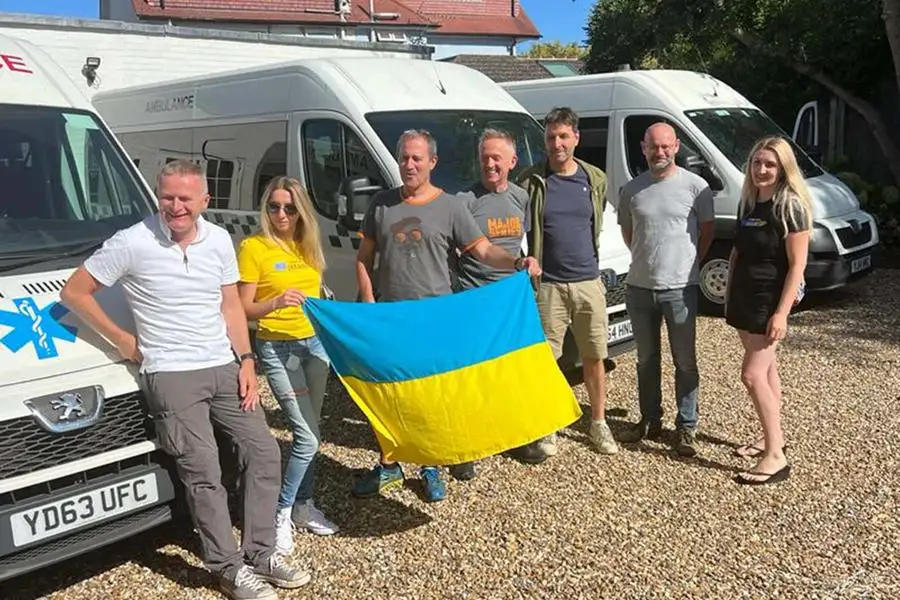
Simon’s journey began several months and 1050 miles away from Kraków, in Teddington, Middlesex. In the days and weeks after Russia’s invasion of Ukraine in February, Ukrainian expats in Simon’s town started using local social media pages to try to raise funds and find volunteers to drive several 4x4s to the country. One of them, Irina Webb, helped to organise a journey; Simon drove to Kraków and came back with a plan to go again, this time with ambulances, and set about raising the money to do it. He put in a lump of his own money and set up a fundraising company, naming it Mighty Convoy.
“It’s a not-for-profit company in the process of applying for charitable status,” Simon tells me. “It won’t employ anyone and will be reliant on volunteers.”
Between the spring and the summer, Mighty Convoy and its new Ukrainian friends raised enough money to buy three ambulances. But buying them isn’t as easy as it sounds.
Sourcing ambulances
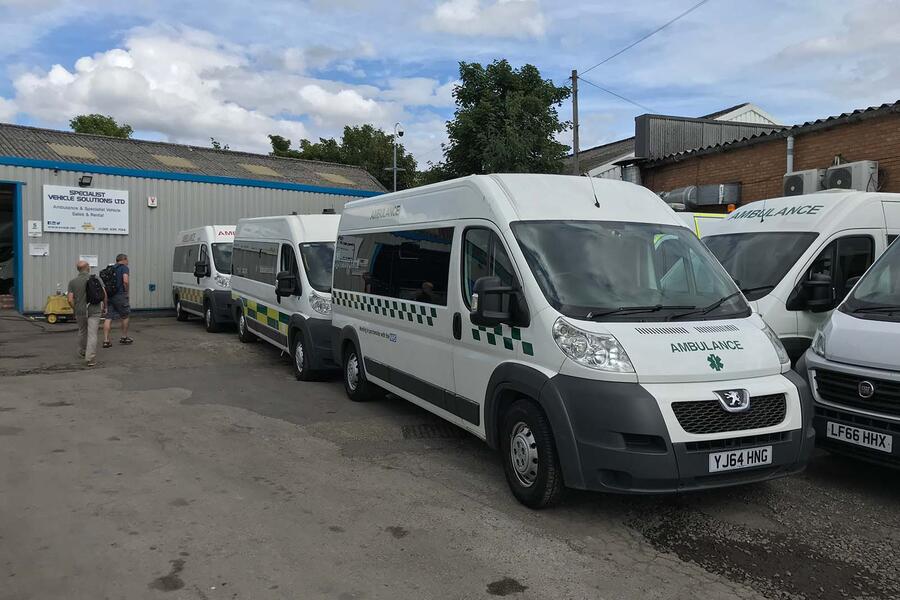
Specialist Vehicle Solutions (SVS) of Dudley, Worcestershire, specialises in ambulances and could supply three patient-transport vehicles, each around eight years old, at £6500 apiece.
“I’ve got to know a few charities [since the war started],” says SVS owner Steve Manning. “Some have got money but don’t know how to spend it.”
And some individuals in the motor trade, he says, haven’t always treated them generously. Volunteers have been sold unreliable vehicles or, lacking experience, drivers have gone without V5 registration documents and the other paperwork that’s needed for vehicle export – of which there’s a lot. One volunteer had to leave an ambulance in Poland for a fortnight until he could come back with the right papers to get it out of the country.

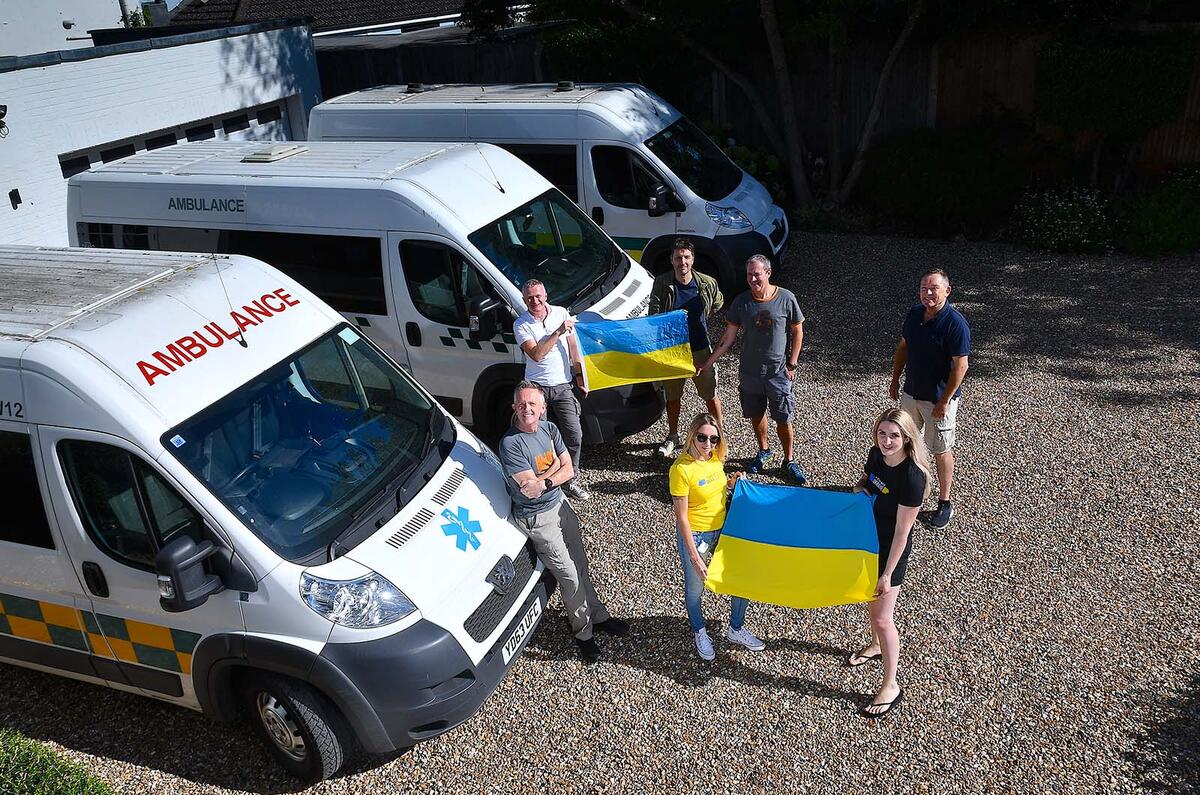
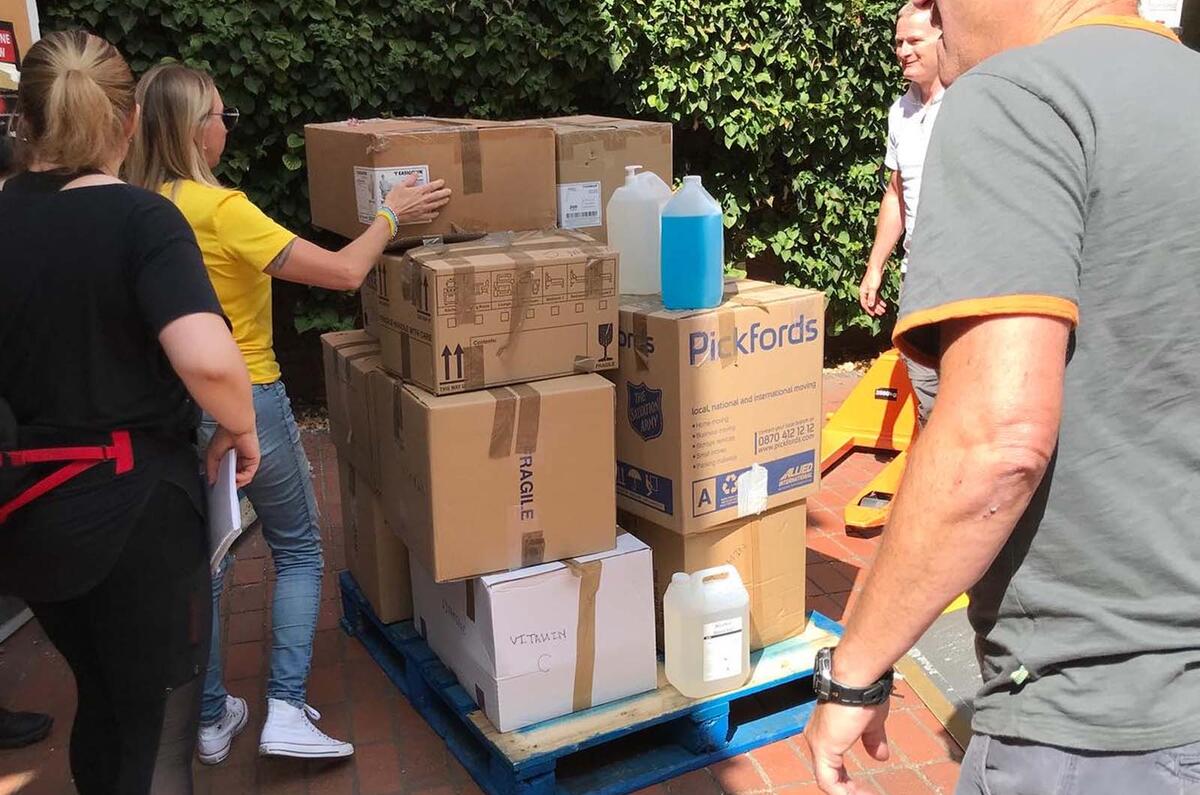

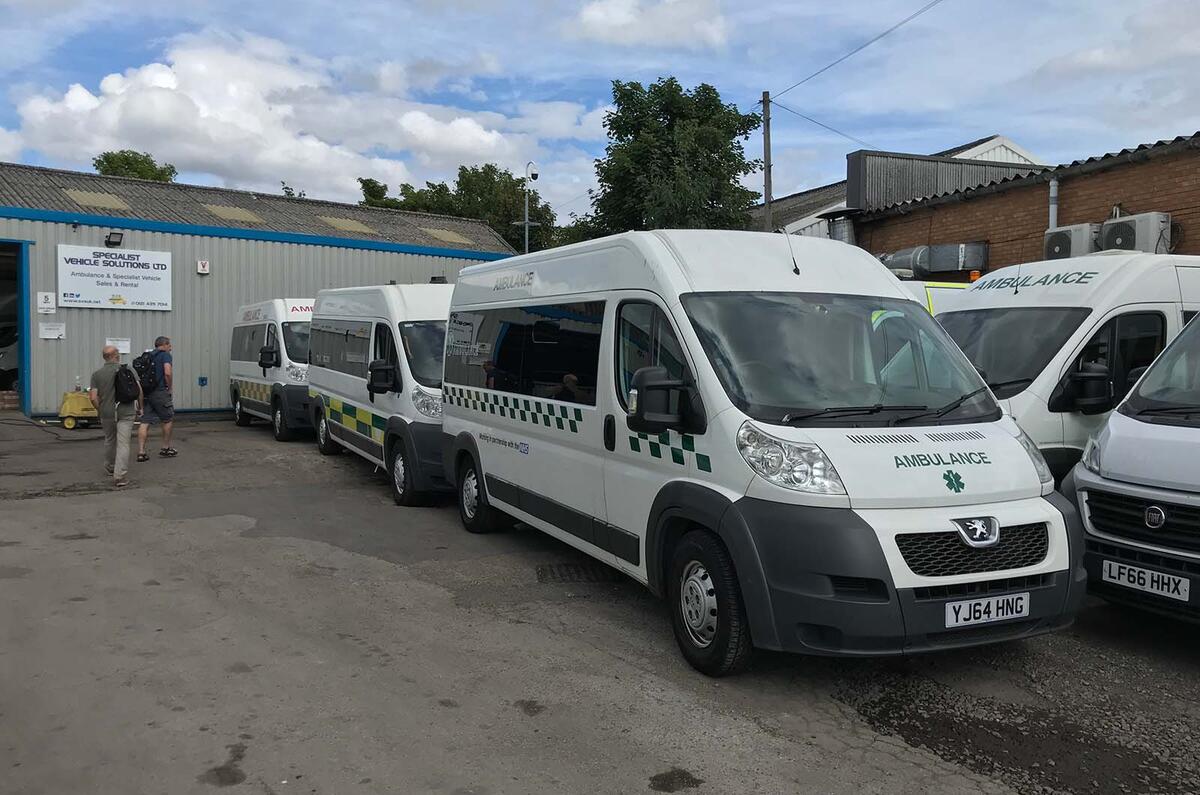
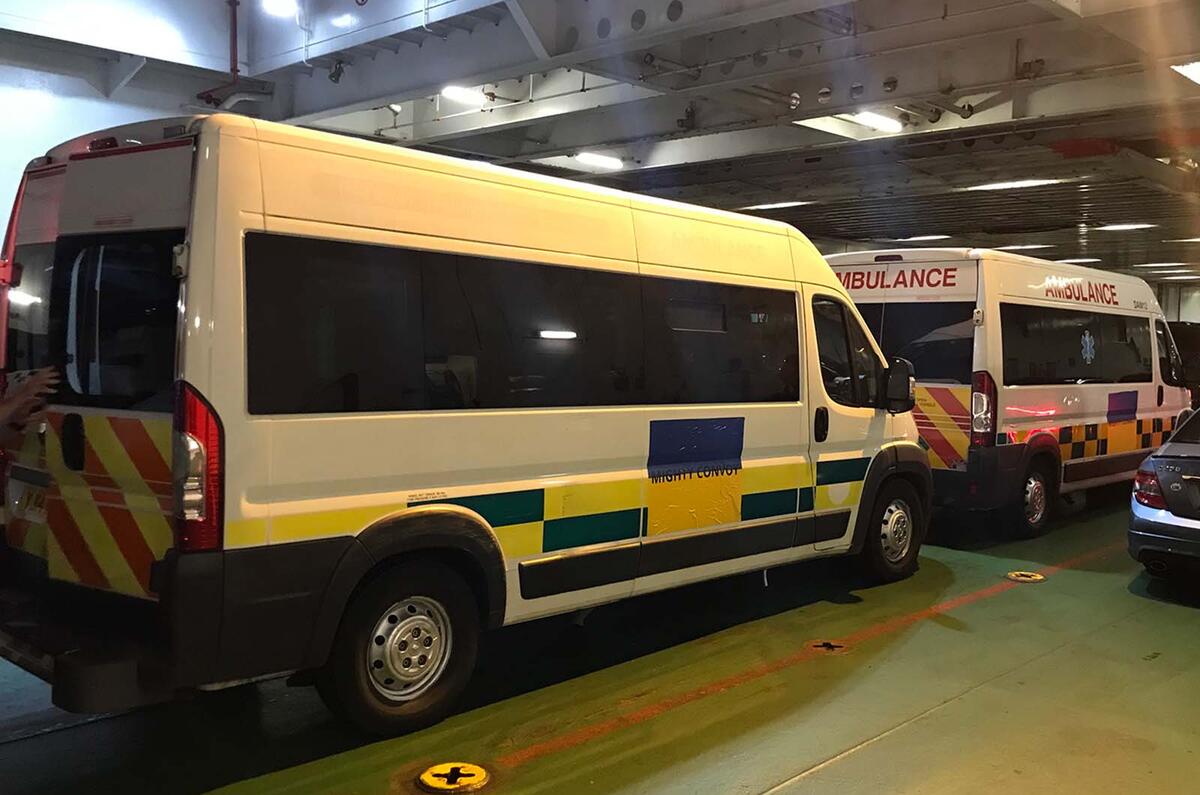

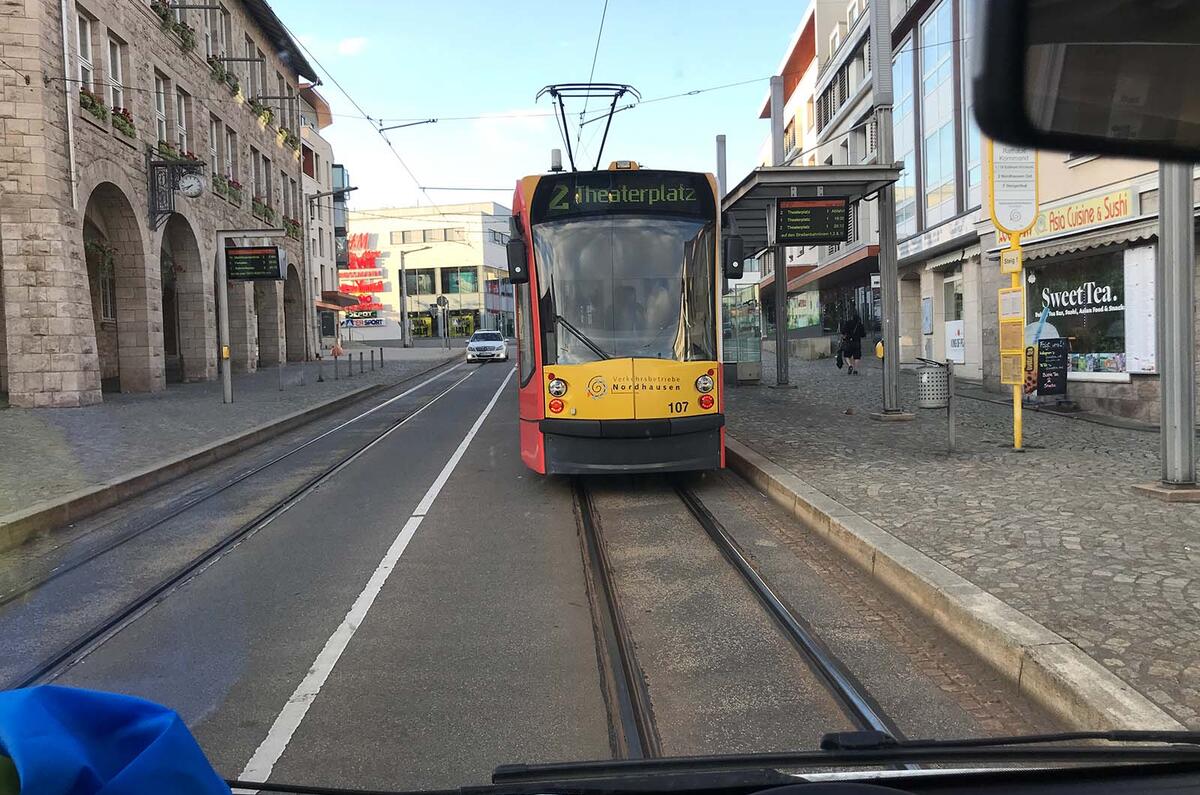
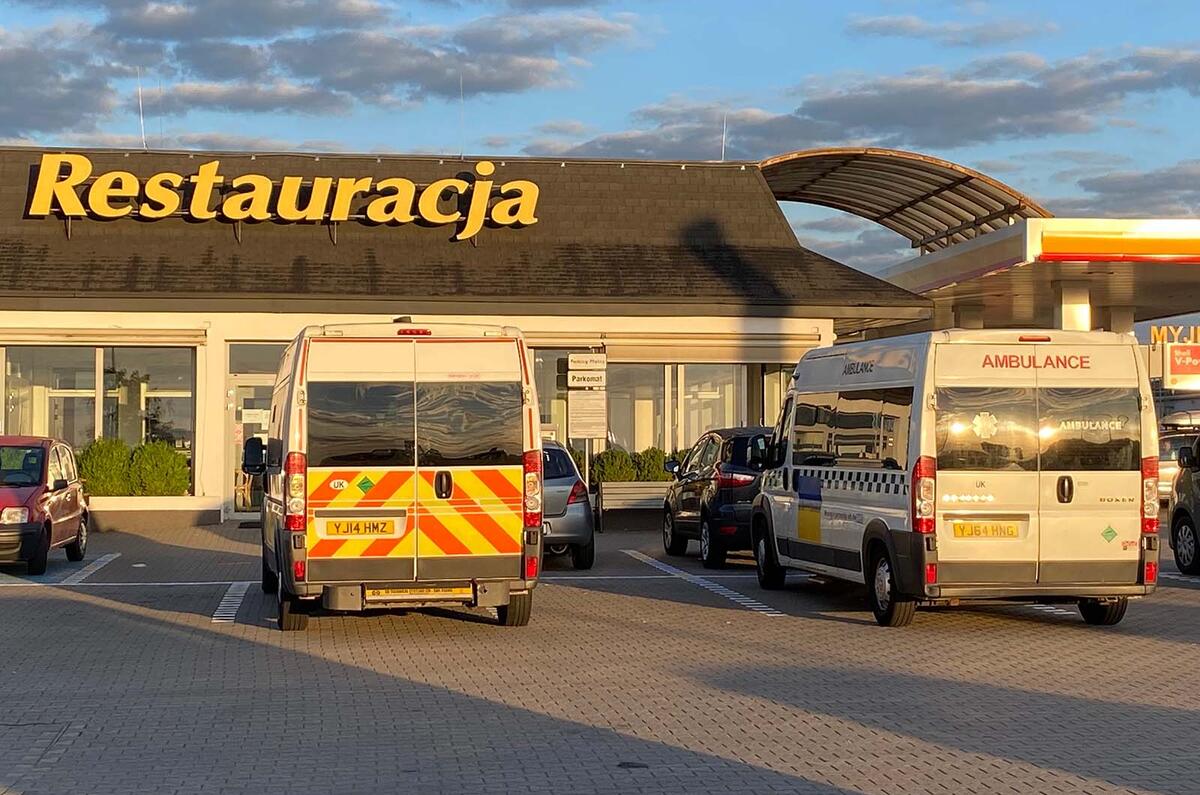

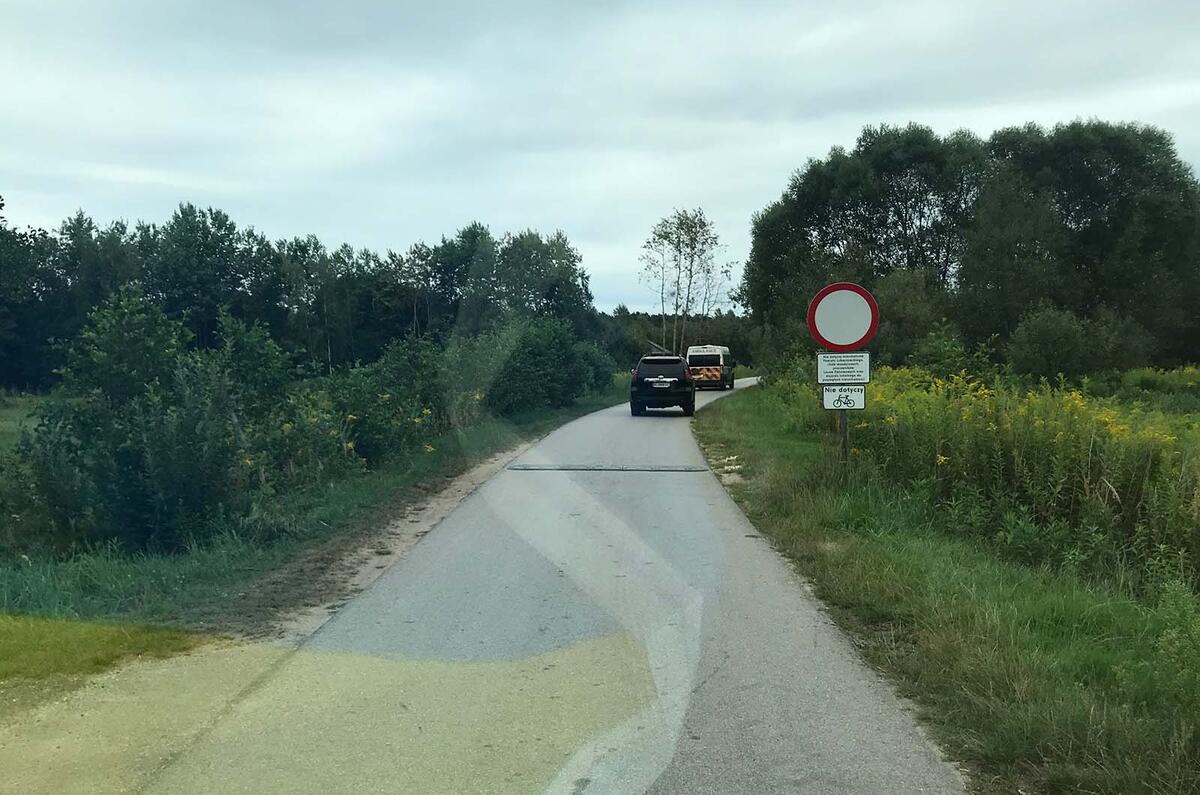
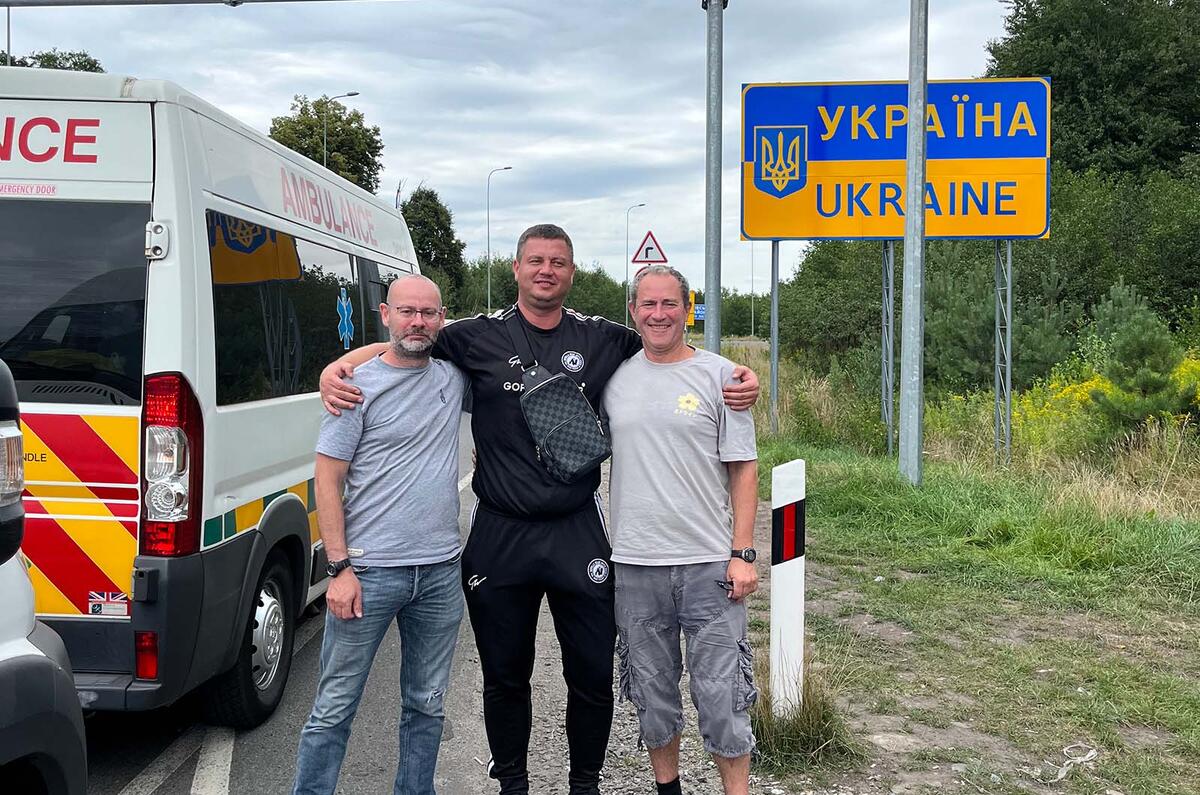
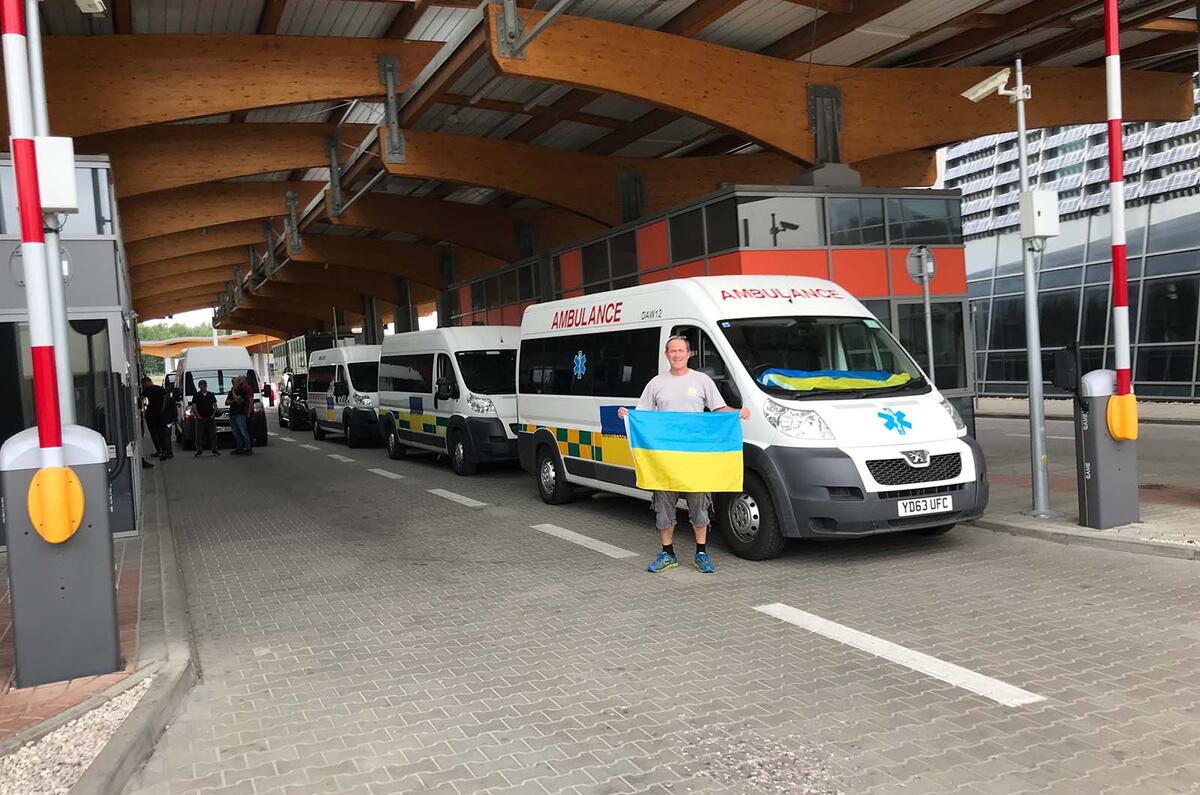
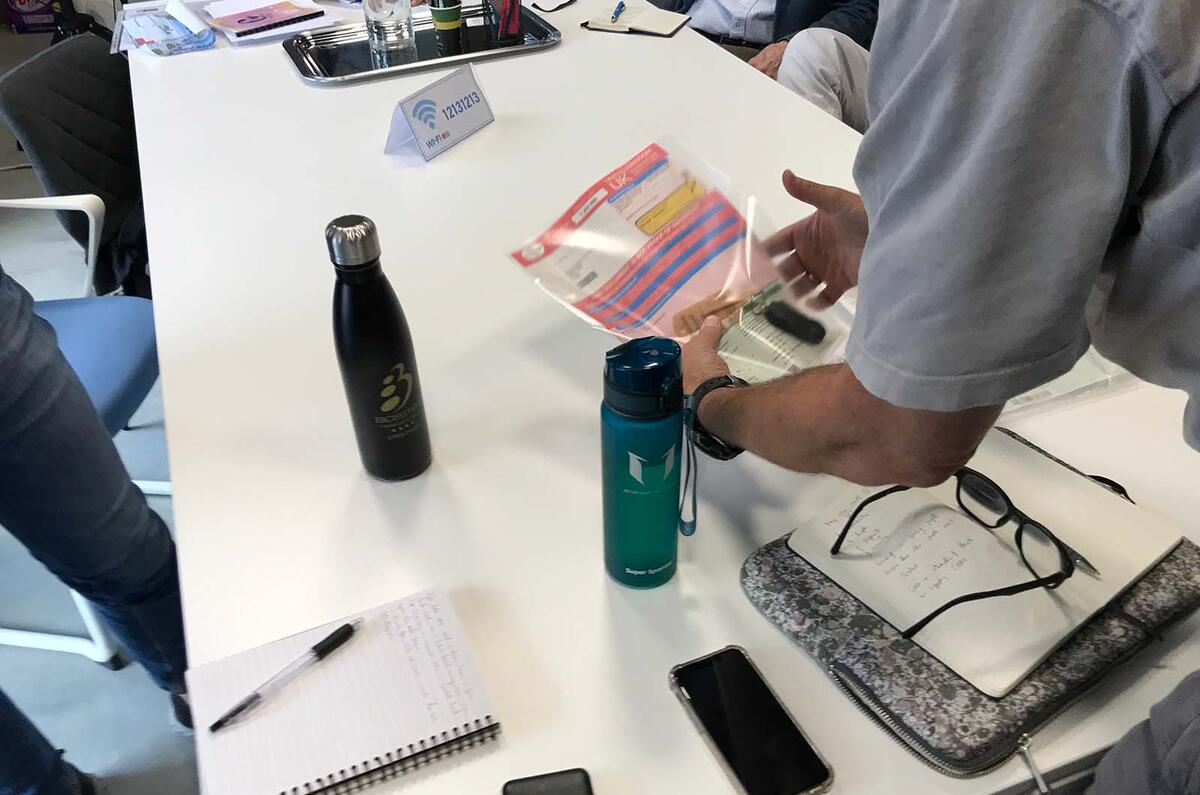
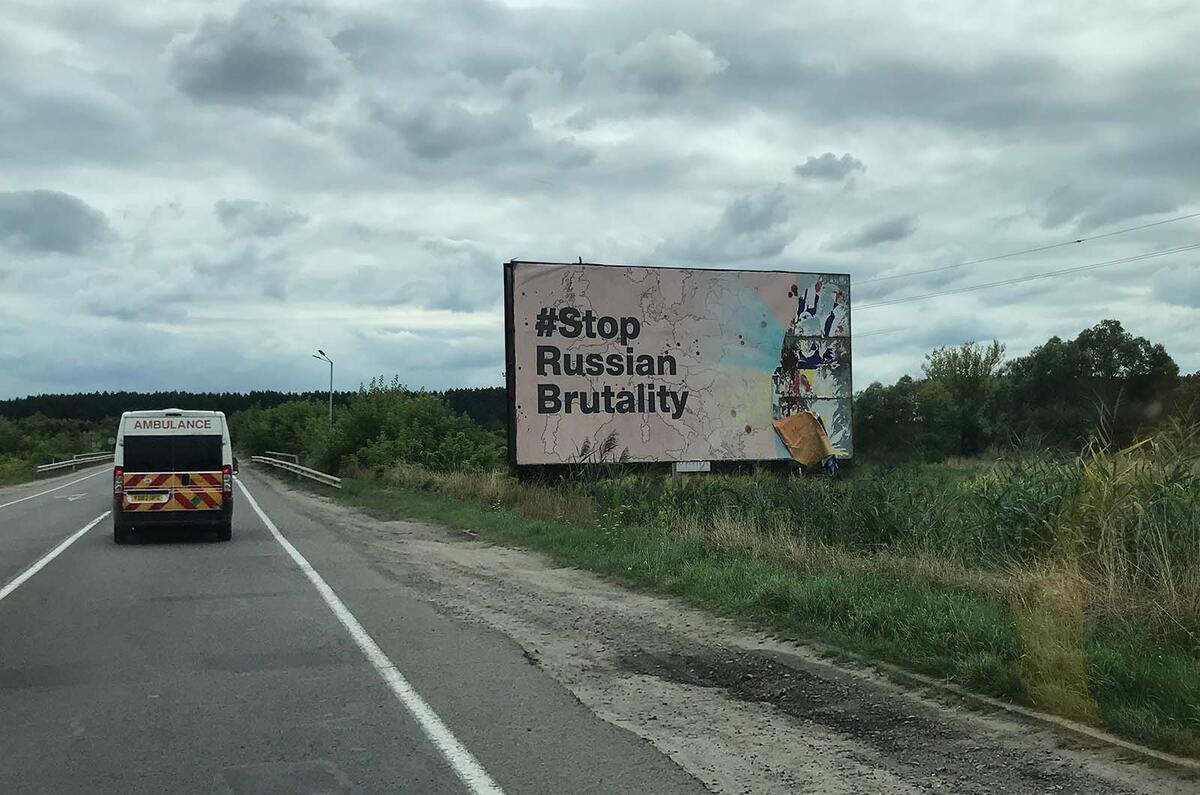
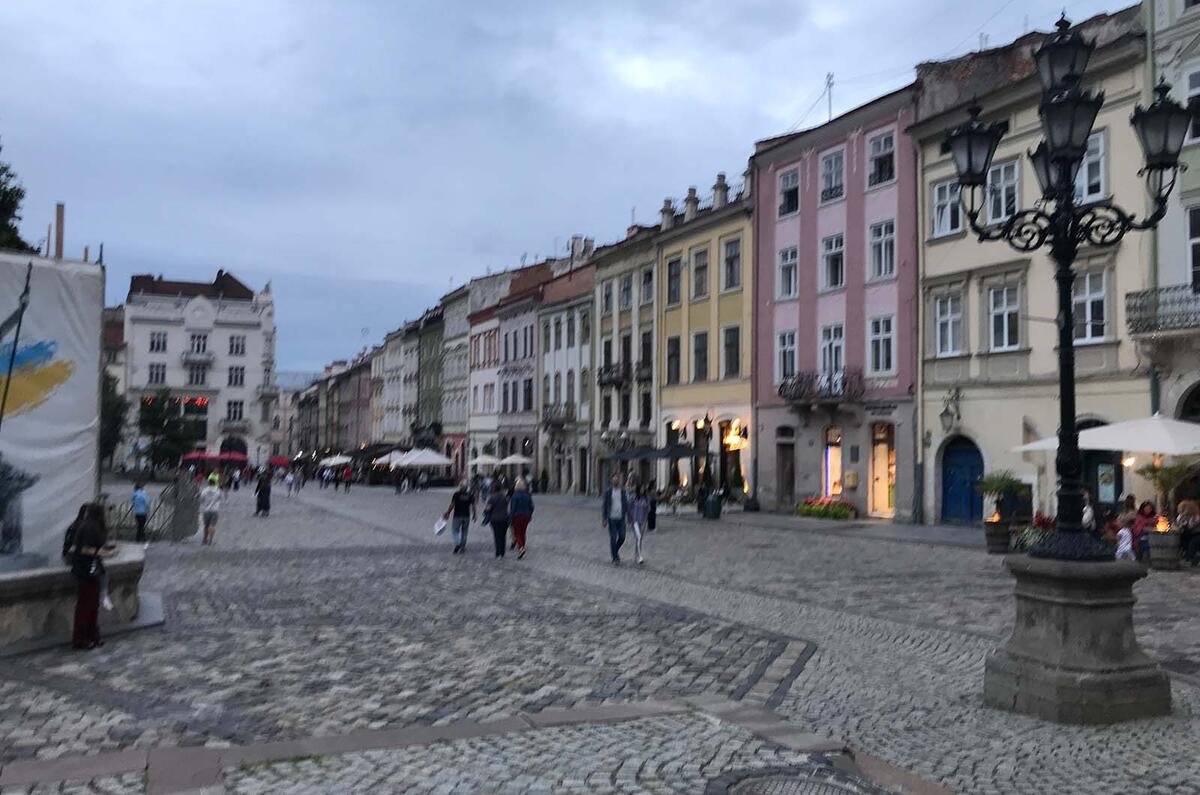
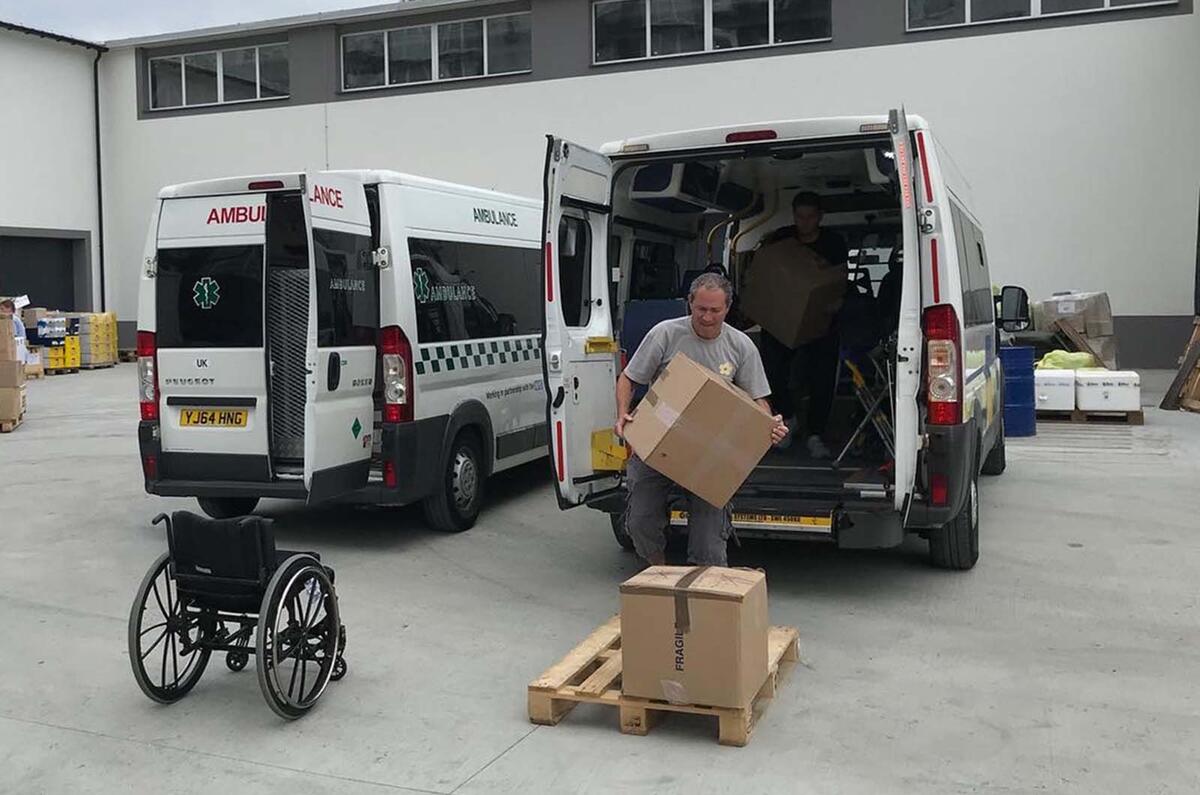
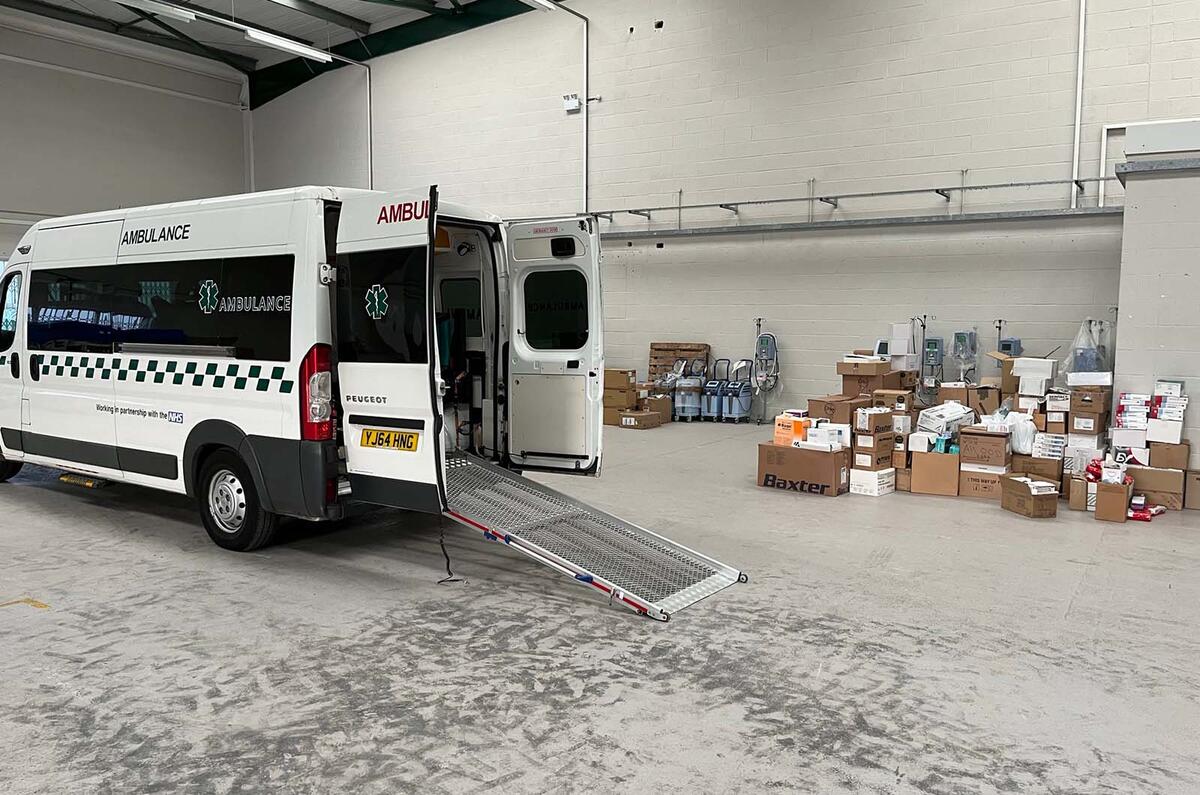
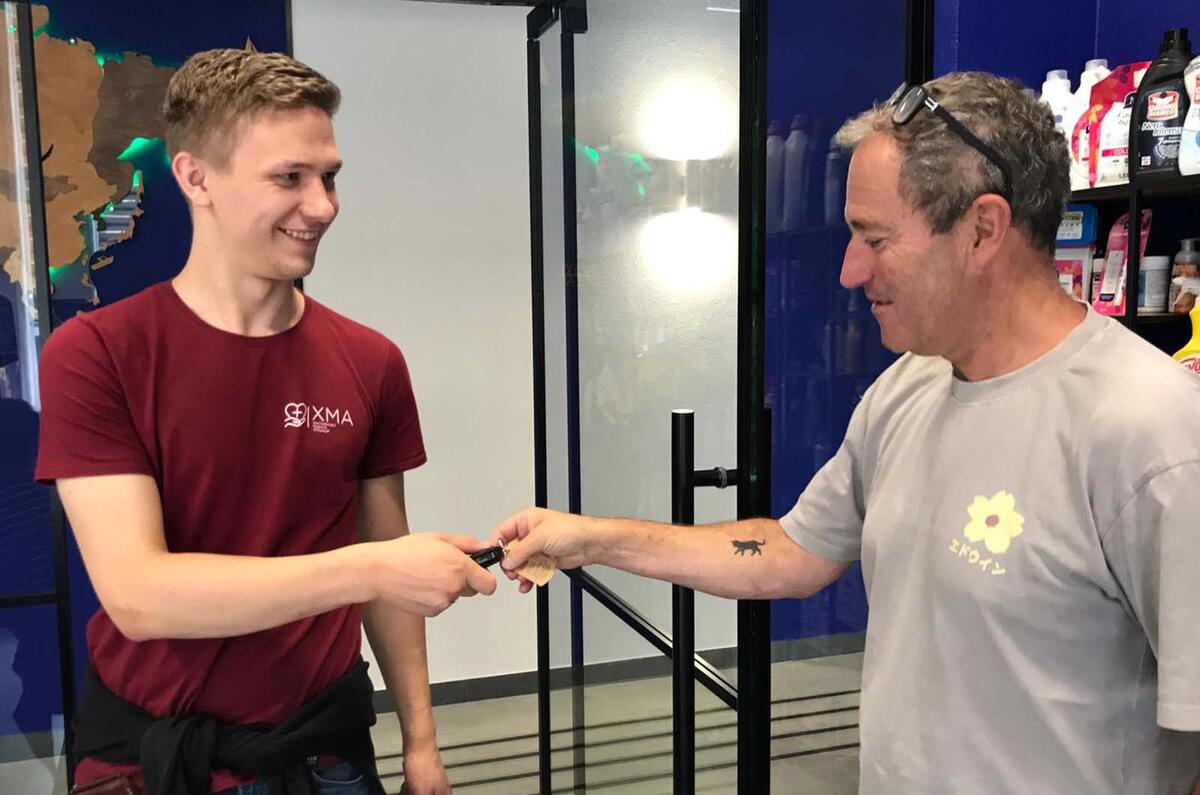
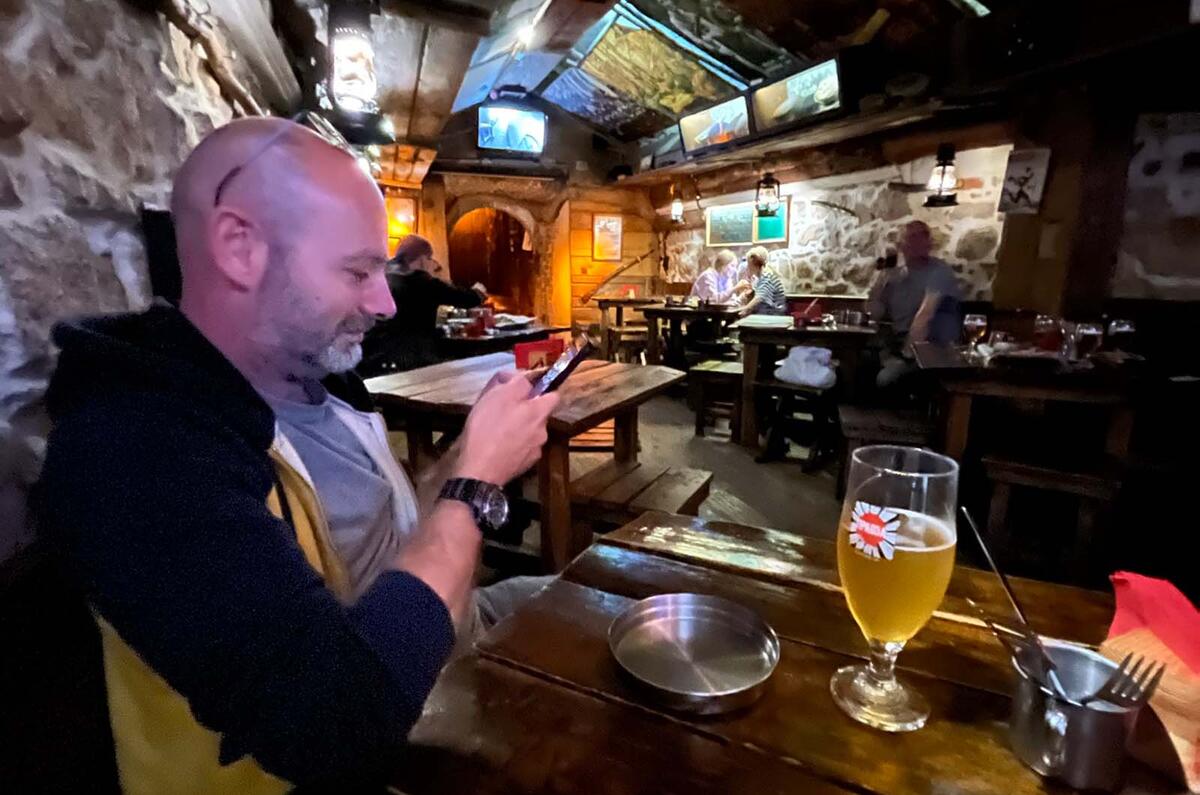
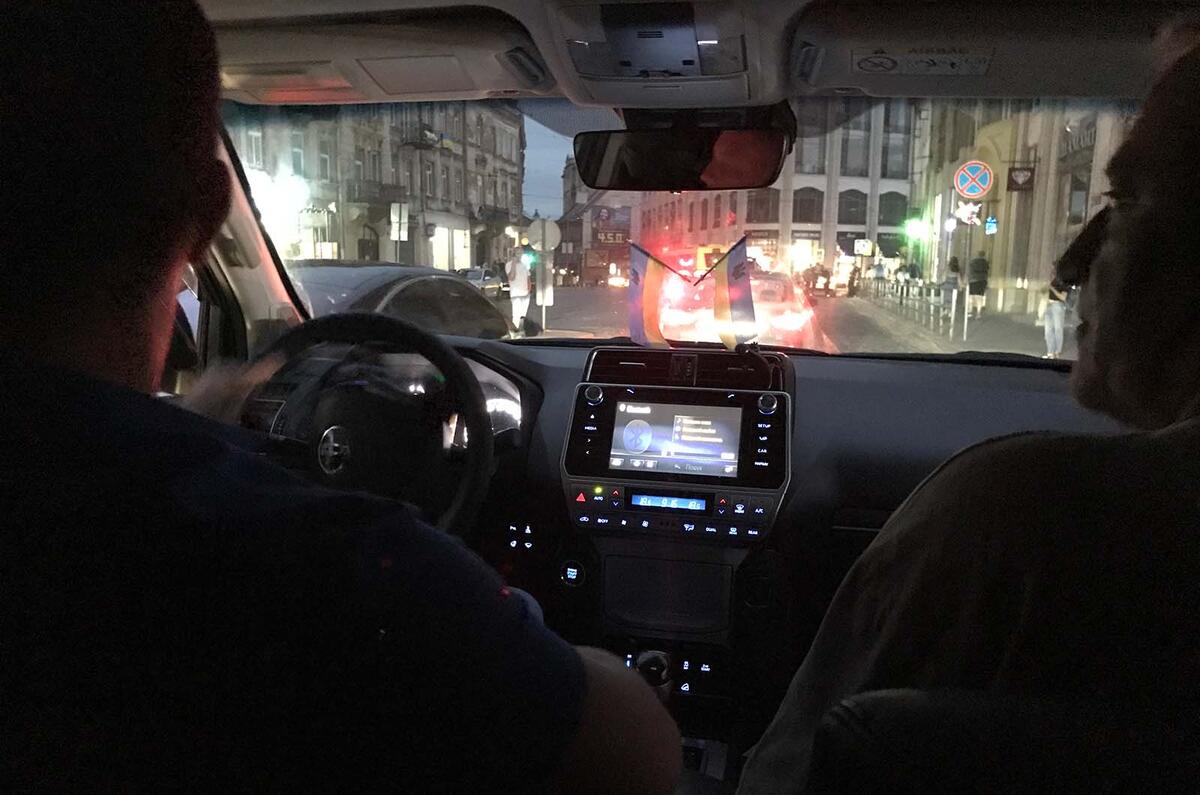
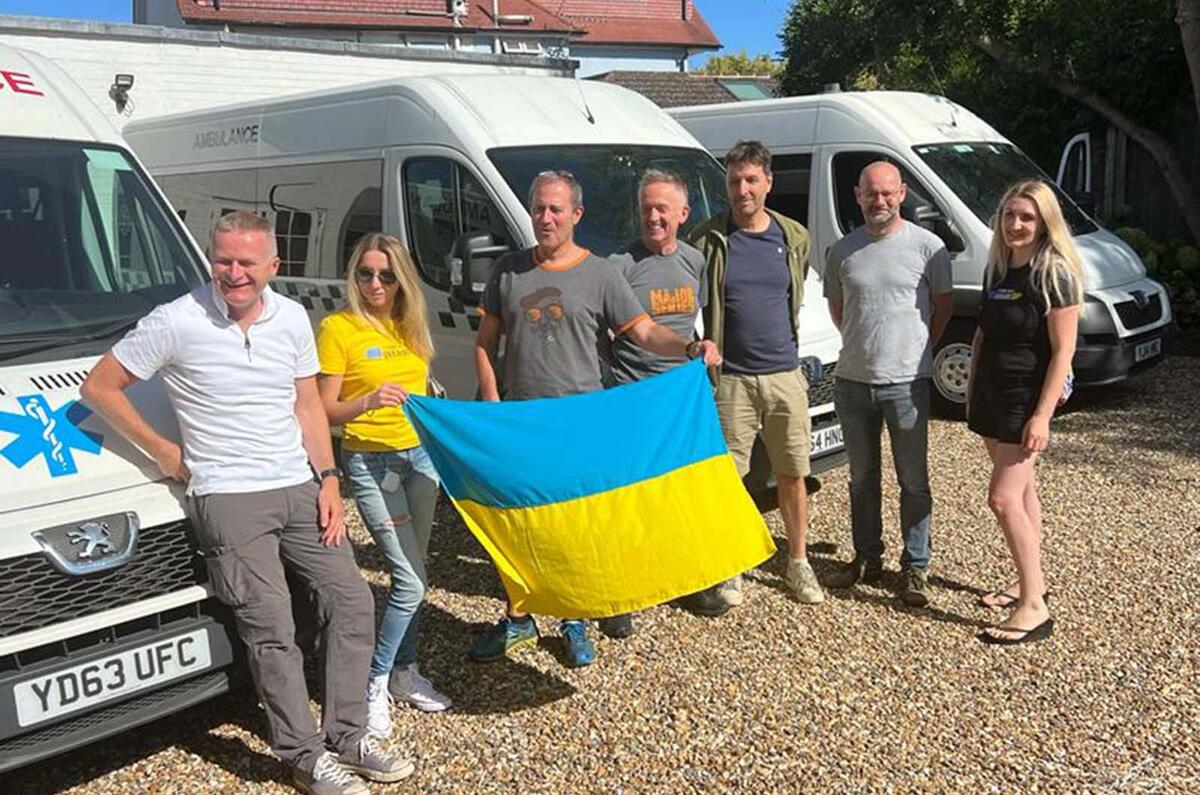
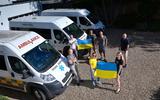
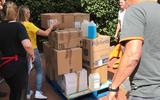
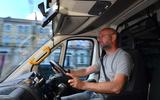
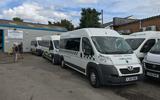

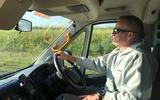
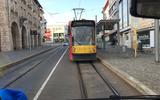
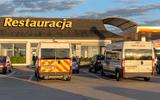
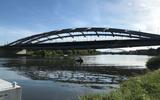
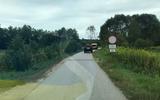
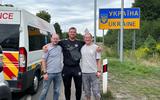
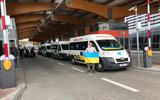
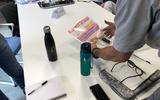
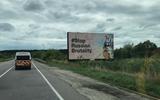
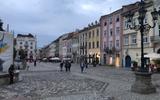
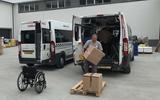
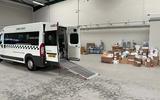
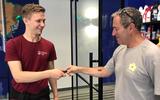

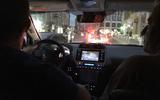
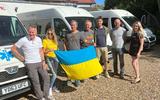

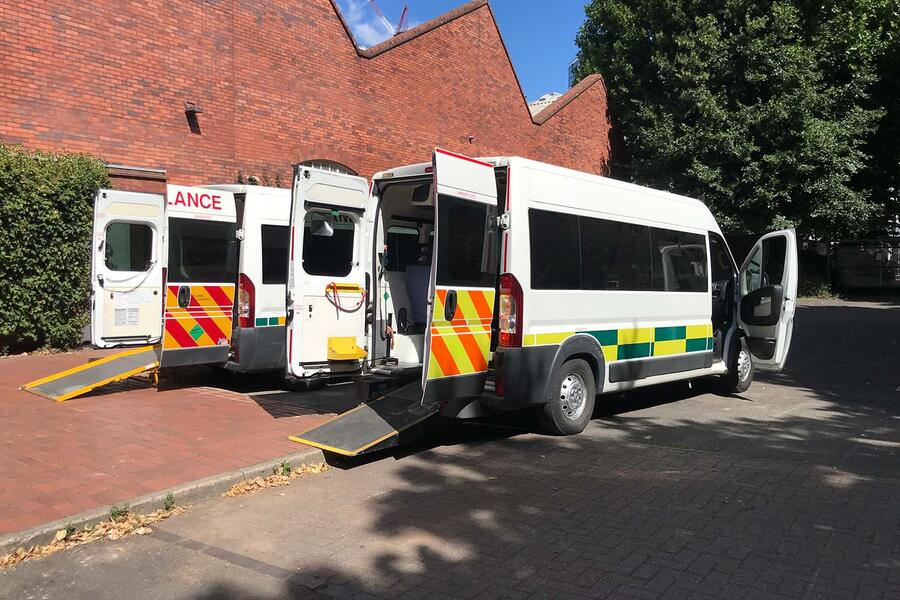
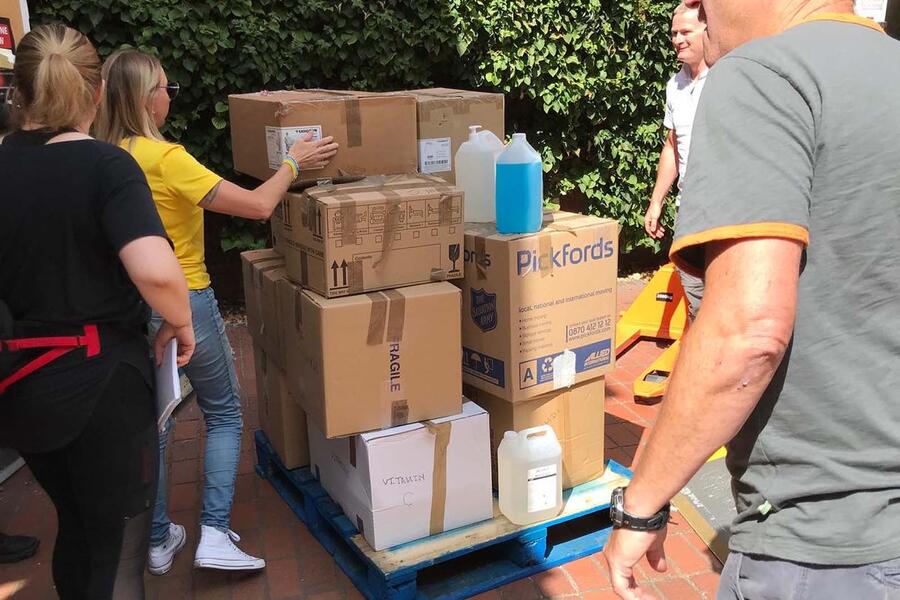
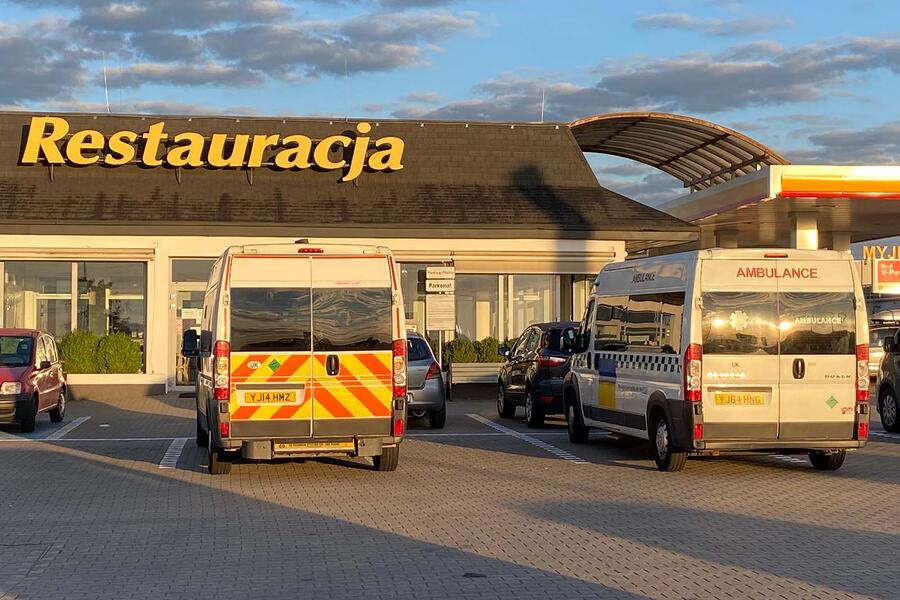
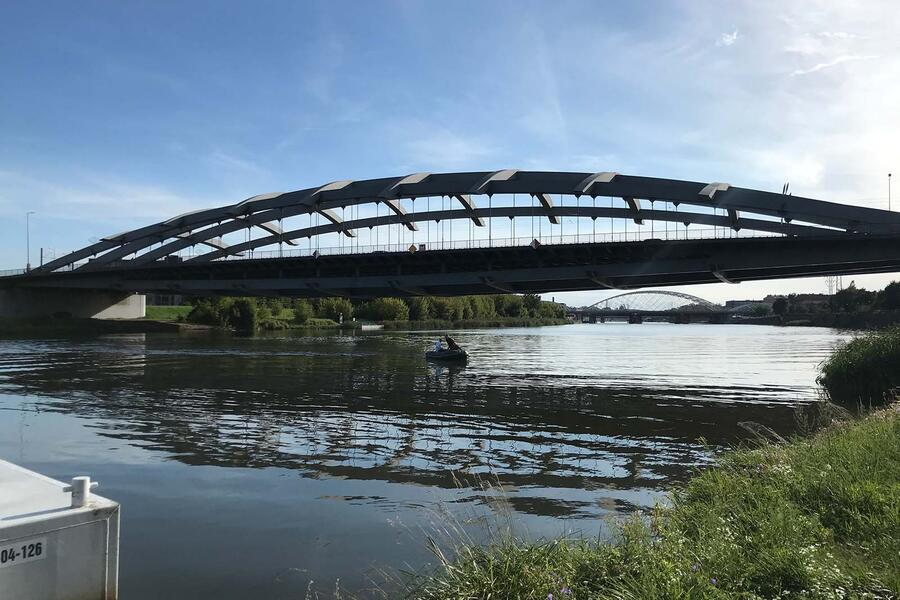
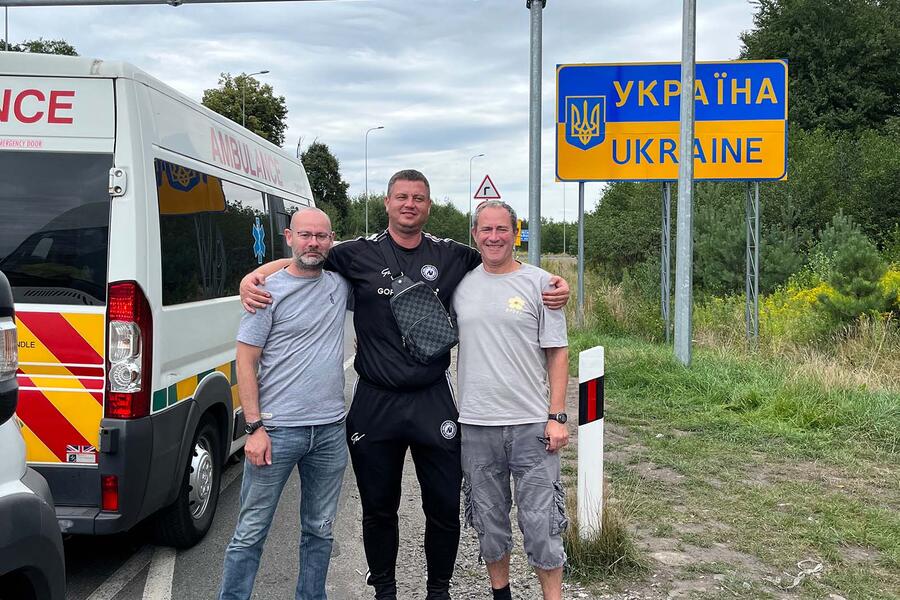
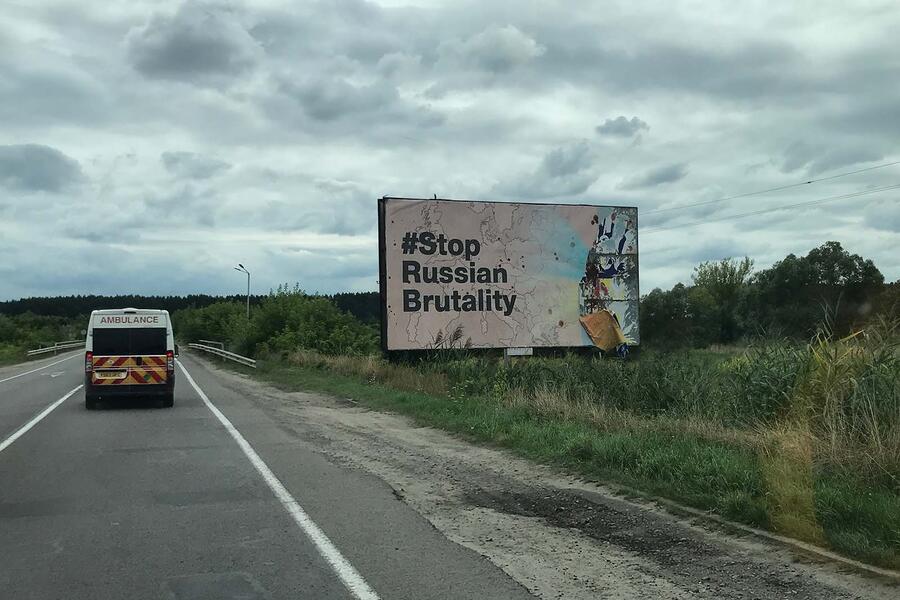
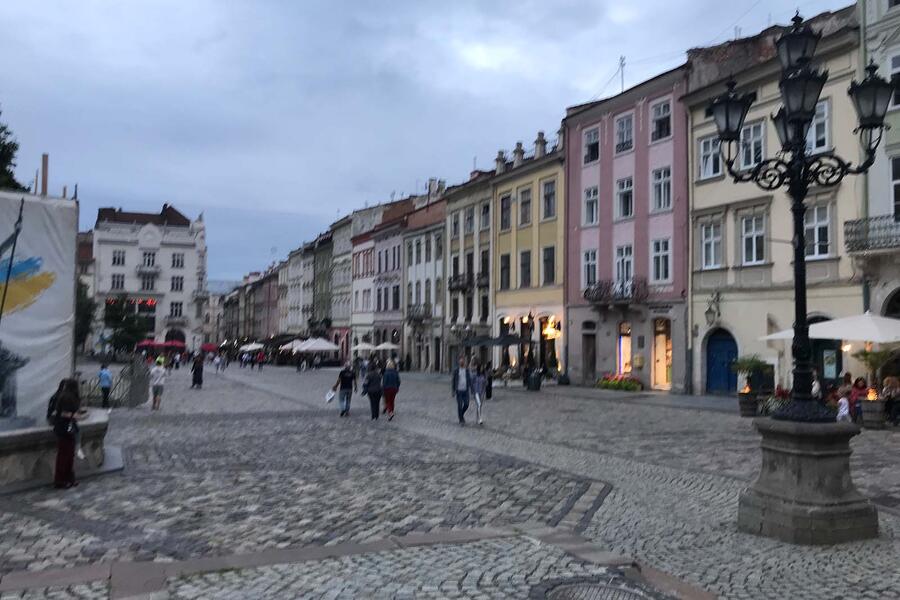
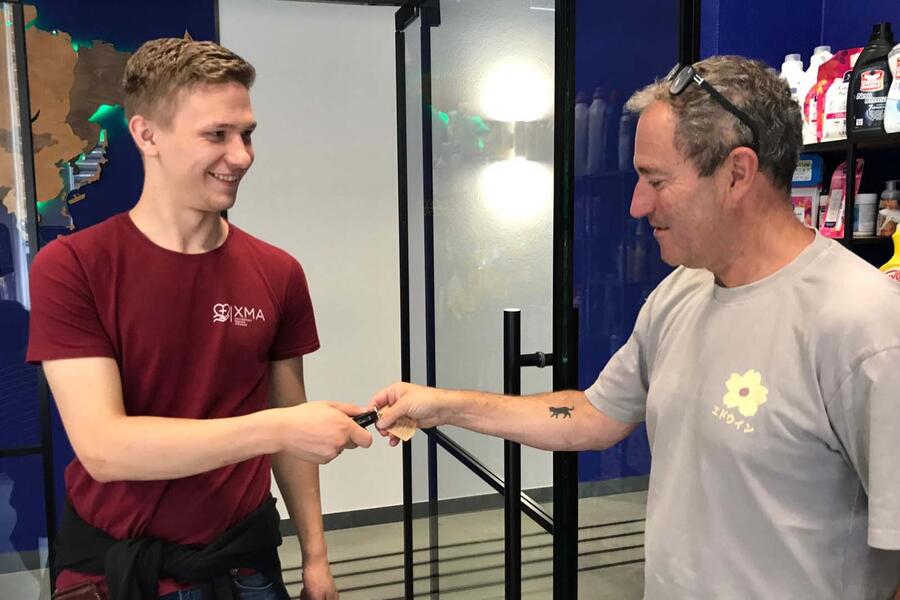
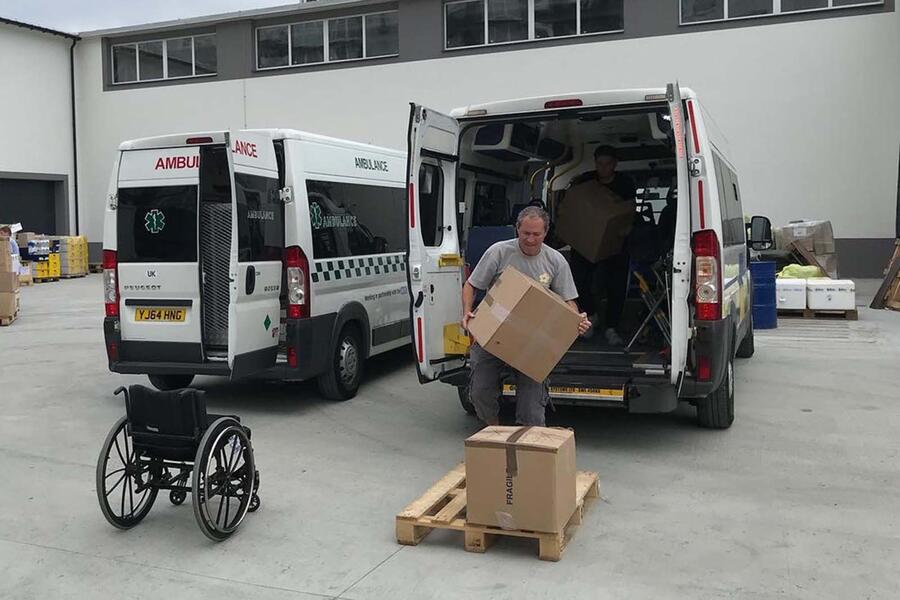
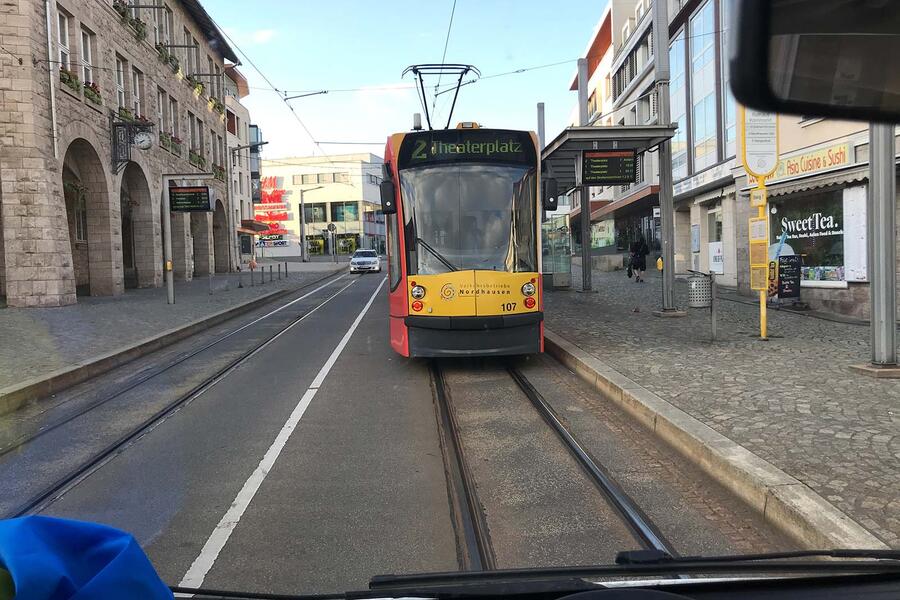
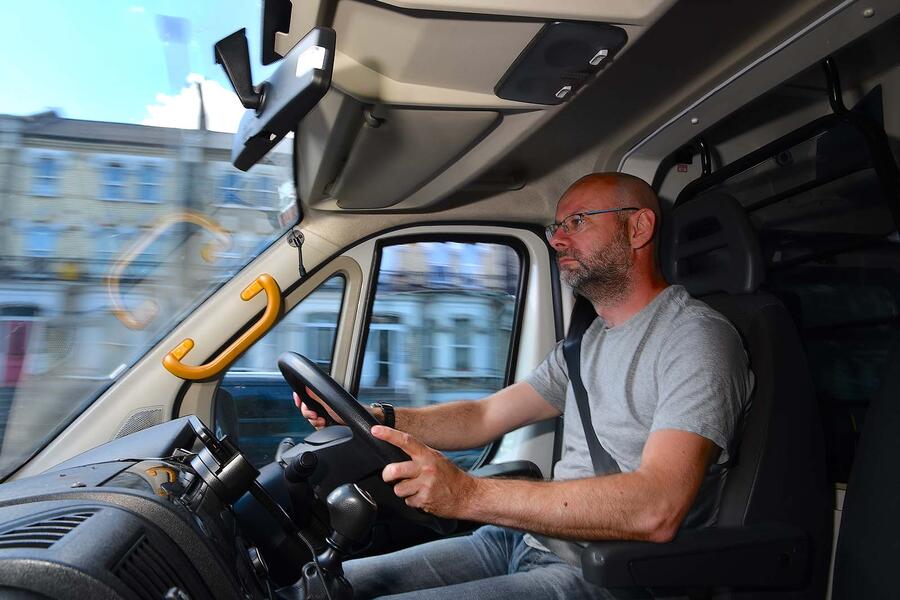




Join the debate
Add your comment
What a great news article. If anyone ever asks "what good have you ever done?" you can mention this with pride.
Well done to everyone involved with this project.
Well done Matt! Great to see you taking part in a humanitarian mission. Ukrainians need as much help as we can give them to end Putin's war.
Matt - well done you, a fascinating story.
Ignore the haters... very often the critics romanticise the 'Blitz spirit' of WWII but prove that they lack it themselves. In times of war and crisis it is about what you do, not what you criticise.
Firstly, don't Tar everyone with the same Brush!, automatically going the strongest condemnation shows you didn't understand their statement, and, it has been proved by what's been said, it's more political,divisive and if left unchecked, will get out of hand.
I said 'very often' and I will stand by that. There is political content almost every week on Autocar, but I guess if it aligns with your politics you don't have an issue with it?